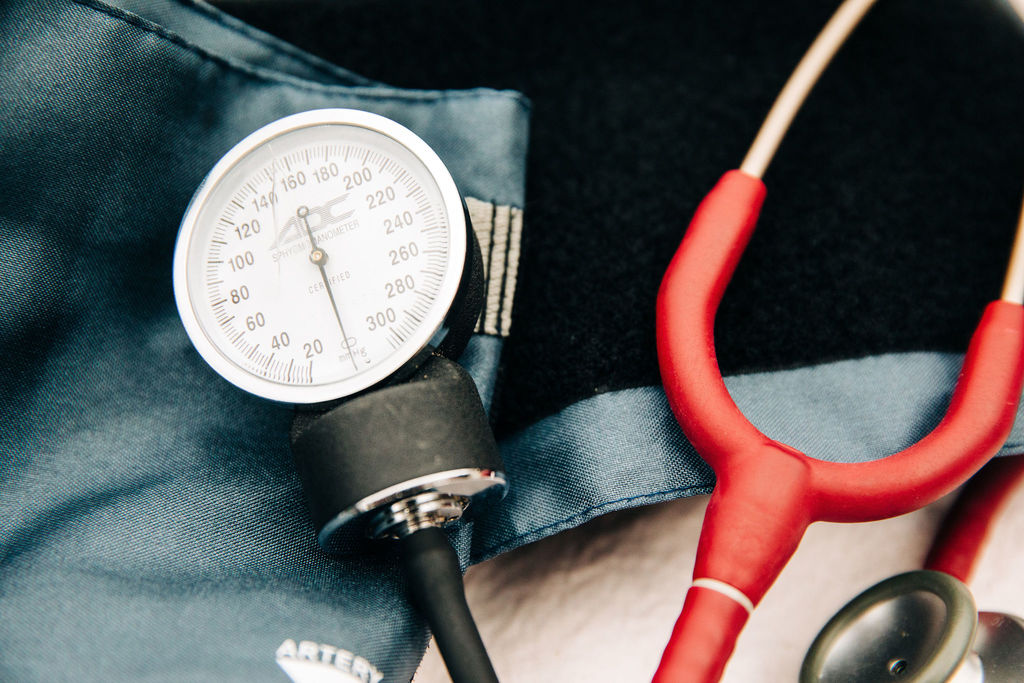May is national stroke month and it's important to realize the link between your blood pressure and reducing the risks of a stroke. There are many benefits of taking your blood pressure regularly. If you already have high blood pressure, you can track your readings from day to day and monitor diet and exercise, both of which aid in maintaining a healthy pressure. If you do not have high blood pressure, monitoring your pressure regularly will help you detect any changes that may indicate the need to see your doctor.
It is extremely important to keep your blood pressure within normal limits. The American Heart Association defines hypertension as any blood pressure greater than 120 systolic (the top number) and 80 diastolic (the bottom number). Blood pressure is a measure of the pressure in the blood vessels caused by your heart beating and hypertension indicates that your heart is working harder than it should. Maintaining a healthy blood pressure is important to help you avoid serious health problems including heart attack and stroke. (Signs of a stroke)
There are modifiable and non-modifiable factors that can affect your blood pressure. Non-modifiable factors include genetics, which unfortunately we can’t do much to change. Modifiable factors refer to diet and exercise and learning ways to change the modifiable factors can help you to maintain a healthy blood pressure. Exercise is perhaps the most important component in maintaining a healthy blood pressure. The Department of Health and Human Services suggests that at least 150 minutes of moderate aerobic activity or 75 minutes of vigorous aerobic activity per week can be beneficial to health and wellness. This means that you should aim for at least 30 minutes of aerobic activity each day of the week. Exercise like a 30-minute brisk walk every day can have a positive effect on your heart health and overall wellness. Many people feel that they just don’t have the time to achieve the 30-minute goal, but there are many ways that you can sneak physical activity into your daily routine, such as:
- shorter bursts of activity throughout the day
- breaking up a workout into three 10-minute sessions
- taking a short, brisk walk each hour
Finding an activity that you like to do such as walking with friends, or taking a bike ride can make exercising more enjoyable and therefore making you more likely do it. Something as simple as a regular brisk walking can achieve the same benefits as other forms of exercise. The greater the duration, length and intensity of walking, the more benefit. So, remember, to reduce your risk for heart attack and stroke, talk with your Doctor and:
- Monitor your blood pressure regularly
- Exercise with 30 minutes of aerobic activity each day
- Know your modifiable and non-modifiable factors

Heart.org resources
Intermountain Healthcare graphic

Kauvery Hospital graphic

